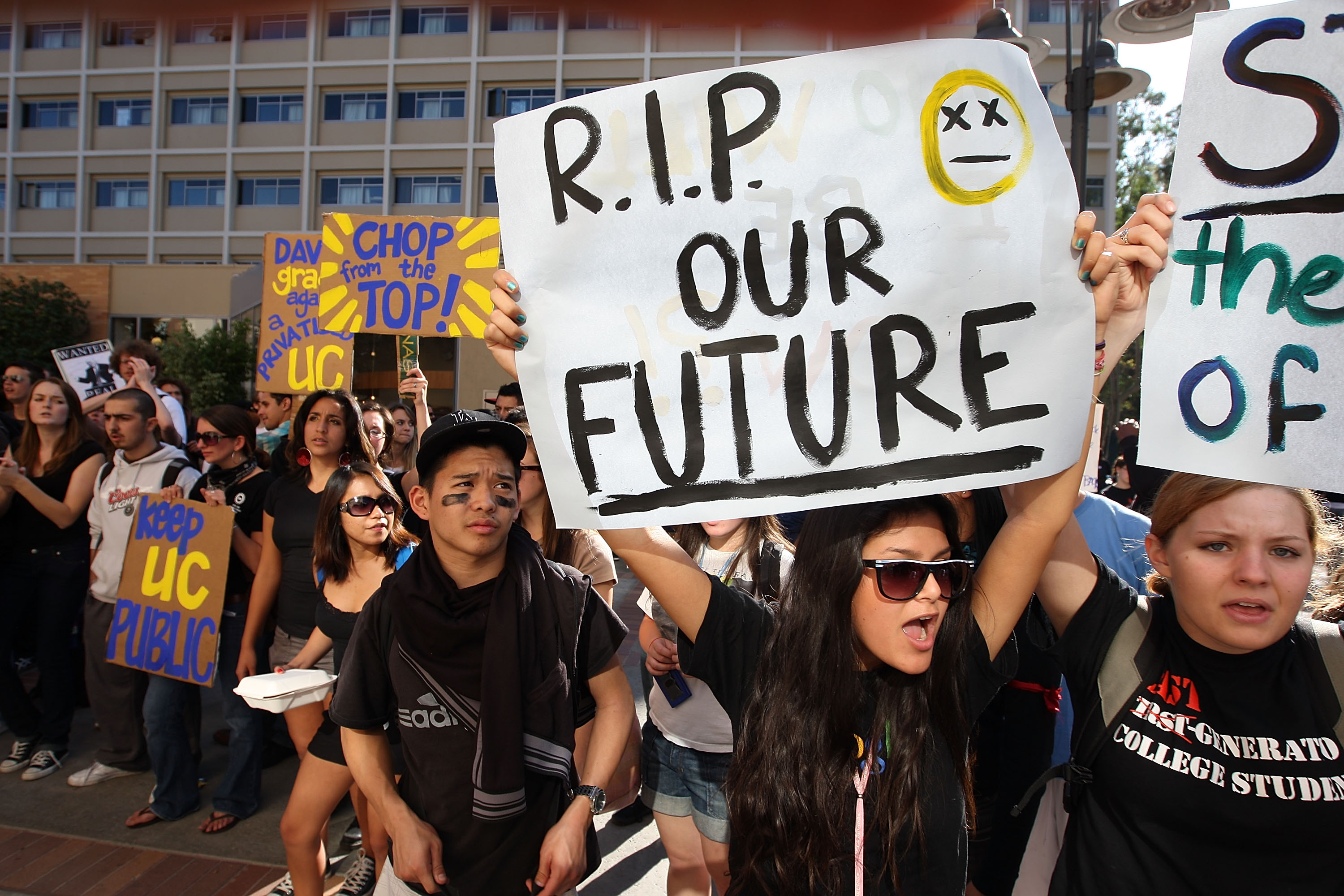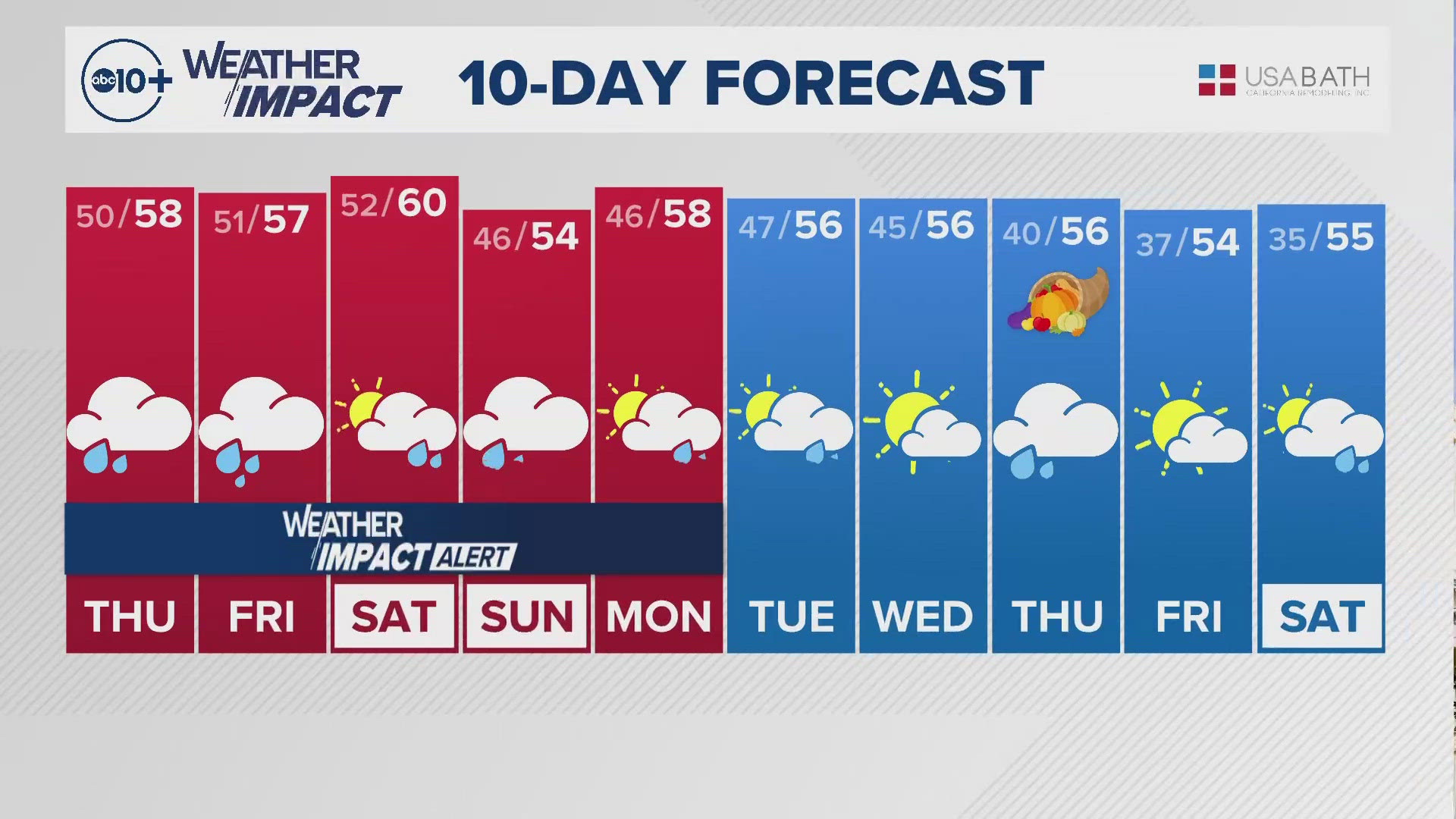Higher education is expensive. It’s a realization that many have come across over the past few decades as the price of tuition continues to rise, particularly in California—a state with high poverty rate, ever-increasing rent and a high cost of living.
And that’s not likely to change soon.
Both the University of California Regents and the California State University Board of Trustees recently voted to raise tuition at state colleges and universities.
The 23 schools in the CSU system will see a 5 percent—about $270—increase for in-state students. Meanwhile, students at the nine UC campuses will see a 2.5 percent increase—about $280—for the next school year.
This is the first increase in a few years for both university systems, but just the most recent in a decades-long history of fee increases for the state’s public schools.
Full-time tuition costs at CSU campuses jumped from $1,428 a year in 2001 to $5,472 in 2016. Likewise, at UC campuses, full time students saw their tuition increase $2,716 in 2001 to $11,502 for the upcoming 2017-2018 school year. These costs, of course, do not include fees, books, or the cost of living, which can vary depending on the area the campus is located.
Costs have even jumped at the community college level, though not recently. Education at the once tuition-free California Community Colleges now cost $46 per unit, a big change from what was $11 per unit in 2000.
Here’s a brief timeline of California’s history with tuition, and what made it become so steep.
1857: Minns’ Evening School, a training school for elementary teachers, was established in San Francisco. Years later, in 1862, the school became California State Normal School, then San Jose State Normal School in 1871 when the campus was moved.
1868: The Organic Act creates the University of California as a “complete university,” merging the then-private College of California in Oakland and a new state land-grant institution. Section 14 of the Act read: “as soon as the income of the University shall permit, admission and tuition shall be free to all residents of the State.”
1921: California colleges begin to charge “incidental fees” of $25 per year to cover non-instruction related services. Non-California residents are charged $75 per year for tuition, but residents are still tuition-free.
1960: The Master Plan for Higher Education in California maintains that tuition at University of California and state colleges should be free, but that fees are necessary to help cover non-instructional costs. “The two governing boards reaffirm the long established principle that state colleges and the University of California shall be free to all residents of the state.”
1966: Ronald Reagan assumed office of Governor of California and changed the course of the state’s higher education system. In his eight years, he cut state funding for college and universities and laid the foundation for a tuition-based system.
According to a New York Times article from 1982, during his eight years as governor, “Reagan fought hard in the legislature to impose tuition at four-year colleges. He lost the battle to lobbyists for the university, … However, the Legislature agreed to increase student registration fees.”
1975: Students at University of California schools are now paying $600 in fees and tuition—a number that would soon skyrocket.
1985: Annual tuition at UC schools reach nearly $5,200 for non-residential students and $1,326 for California residents. California state colleges near $500 in tuition, and community colleges begin to charge tuition for the first time—$5 per unit.
1995: Annual tuition at UC schools reach $4,139 in tuition for residents and $11,838 for non-residents. Fees and tuition at state colleges increase to $1,892 and community colleges cost $13 per unit.
2004: After years of budget cuts to the state’s higher education system, then-Governor Arnold Schwarzenegger, then-UC President Robert Dynes and then-CSU Chancellor Charles Reed agreed to “compact” that would develop ways to bring in money. Among the changes were more tuition increases.
2005: Annual tuition at UC Schools reaches $6,802 for residents and $24,622 for non-residents. California state colleges cost $3,163 per year and community colleges hit $26 per unit.
2009: California’s large deficit along with continues budget cuts to higher education lead to the UC Regents voting for a 32 percent increase in undergraduate tuition. The vote led to large-scale protests on various campuses, including at UC Davis, where 50 students were arrested following a protest in the lobby of Mrak Hall, the building that houses the Chancellor’s office.
The increase was levied in two stages: A mid-year increase in the 2009-2010 school year, which totaled $1,170 for the rest of the academic school year. The following school year, students saw another 15 percent increase that brought the total tuition over $10,000 for the first time for resident undergrads.
The CSU also had a tuition increase, though not as steep. Students saw a 10 percent increase in tuition each year from 2007 to 2011 and a 9.16 percent increase in 2012. In those five years, tuition jumped from $3,044 to $5,472 in full-time tuition.
Like the CSU and UC systems, California Community Colleges also increased tuition costs to $46 per unit.
2017: After a six-year freeze, the UC regents approved a 2.5 percent increase in tuition, putting costs for undergrads at $11,502 for the 2017-2018 academic year. Likewise, the CSU will increase its tuition by about $270 per year.


